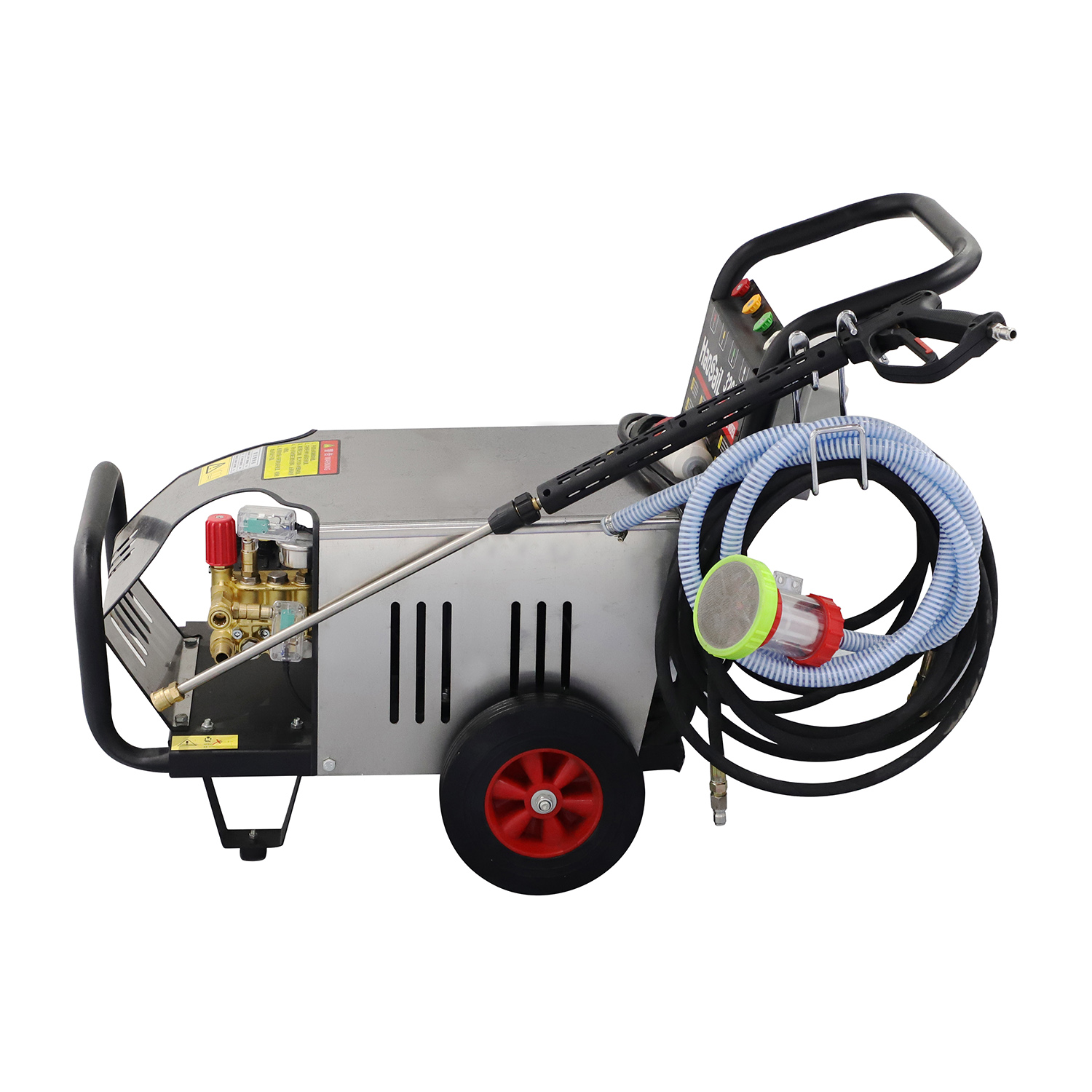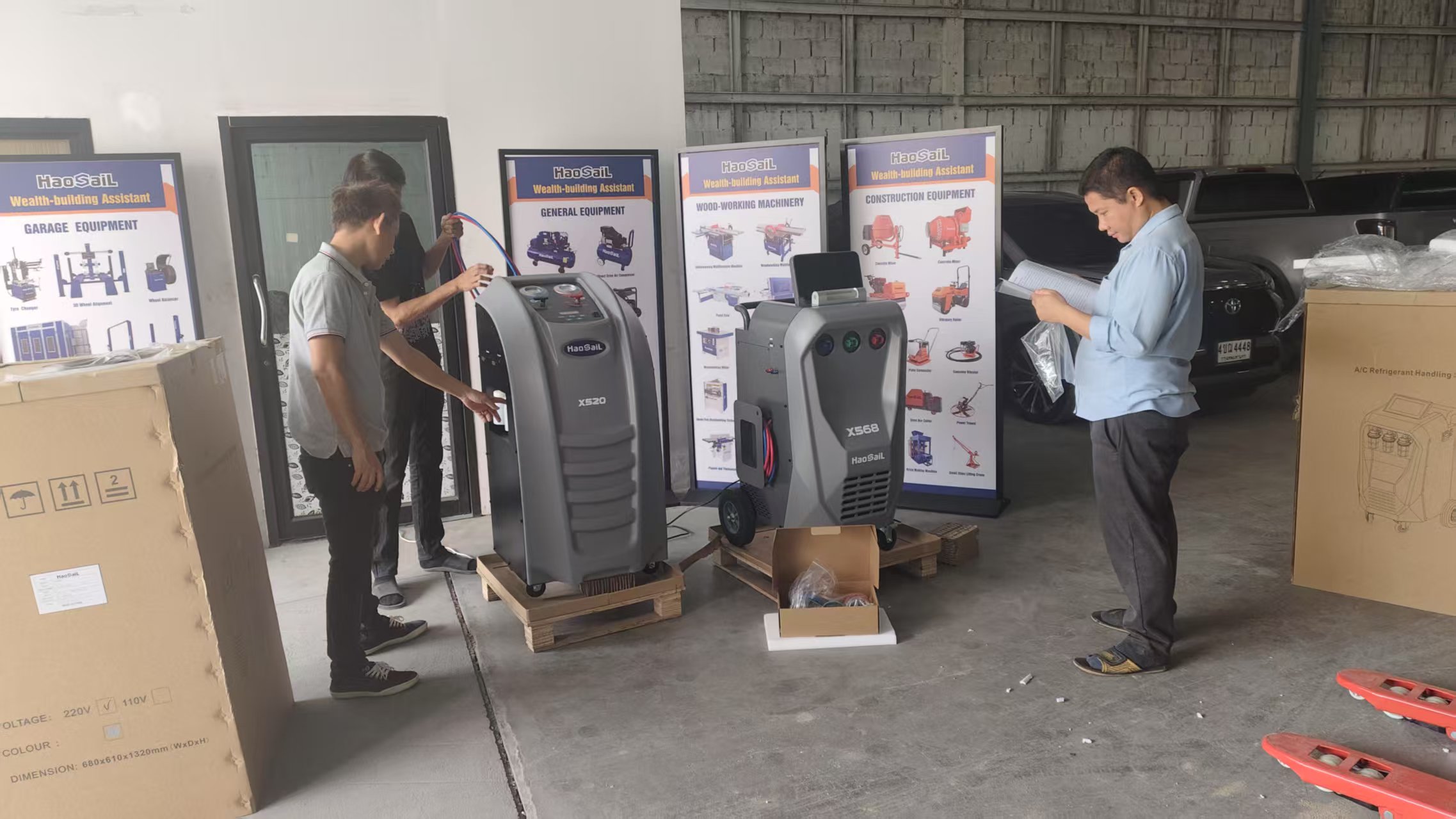
Aug 27, 2025

Aug 12, 2025

Jun 04, 2025

May 30, 2025
B4, Qingdao High-Tech Zone, No. 17 Songyuan Road, Qingdao.
+86 13864822549
 A panel saw is a circular saw machine specifically designed for cutting panels, widely used in woodworking, furniture manufacturing, architectural decoration, and other industries. Here is some basic information about panel saw s:
A panel saw is a circular saw machine specifically designed for cutting panels, widely used in woodworking, furniture manufacturing, architectural decoration, and other industries. Here is some basic information about panel saw s:
Structure Composition: A panel saw consists of a host saw table, an aluminum alloy worktable guide rail body, a movable arm, a movable rule gauge, an auxiliary worktable, and an electrical control box. Some models also come with a vertical milling device and a pressure device.
Types:Panel saws come in two types: horizontal and vertical. Horizontalpanel saws are divided into two types: push-type precision panel saws and reciprocating precision panel saws. The push-type precision panel saw usually cannot adjust the cutting angle, while the adjustable-angle precision panel saws have 90° and 45° options, achieved by moving the angle of the host saw table.
Working Principle: CNC panel saws use a computer control system to automatically cut wood by setting cutting parameters and paths. The main structural feature of a precision panel saw is the use of two saw blades, the main saw blade and the scoring saw blade. The scoring saw cuts in advance, creating a groove on the bottom of the workpiece to ensure that the edge of the cut does not tear when the main saw blade cuts, resulting in good cutting quality.
Application Fields:Panel saws are mainly used for longitudinal cutting, cross-cutting, or angled cutting of materials such as plywood, particleboard, fiberboard, veneered panels, laminated boards, carpentry boards, solid wood boards, and plastic boards to obtain panels that meet size specifications. CNC panel saws can be widely used for precision cutting of materials such as MDF, particleboard, chipboard, gypsum board, acrylic, PS board, light guide plate, and solid wood.
Advantages and Features: CNC panel saws have the advantages of high efficiency, high precision, and strong flexibility, but they also have the disadvantages of difficult quality control and high equipment costs. Precision panel saws can be used for cutting different materials, including acrylic, light guide plates, acrylic, circuit boards, and other materials with precision.
Development History: The panel saw was first invented by the German Ewald Odenwald in 1906. China has a history of more than 20 years in producing precision panel saws, having gone through the process of introduction, digestion, absorption, continuous improvement, and development.
The development and application of panel saws have significantly improved the efficiency and precision of panel processing, making them an indispensable tool in modern woodworking and furniture manufacturing.
Panel saws ensure precision during cutting through a combination of advanced design features, high-quality components, and meticulous operation. Here are some key aspects that contribute to the precision of panel saws:
High-Quality Saw Blades: Precision panel saws use high-quality saw blades with sharp teeth that are designed for clean, accurate cuts. The blades are made from durable materials to maintain their sharpness and resist wear.